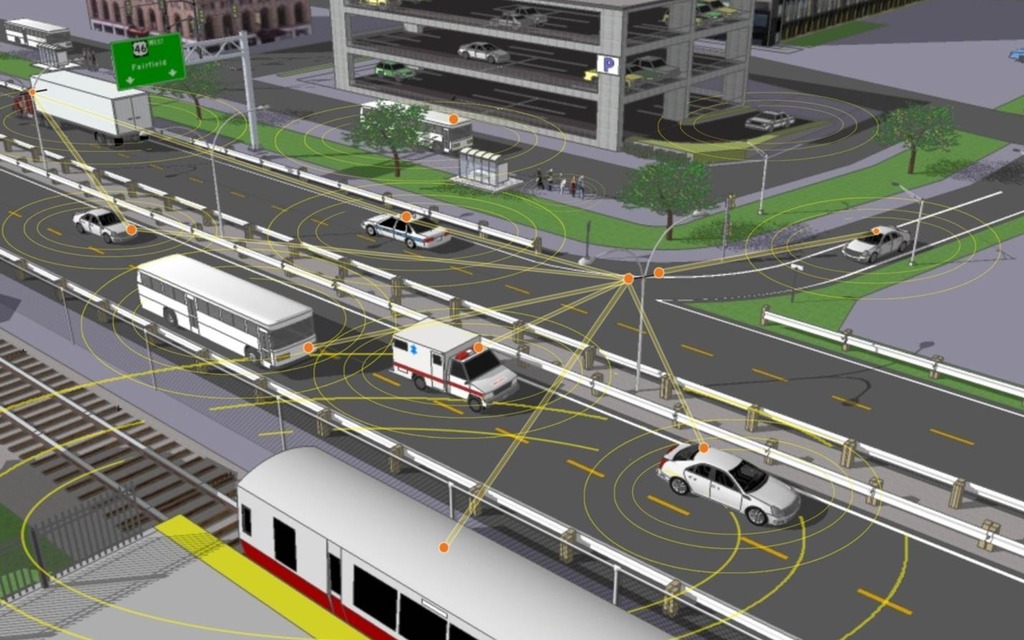V2V Technology: The Future of Autonomous Vehicles
Currently, autonomous cars don’t need anyone—or just about. They can drive themselves and require very little input from the driver.
In the future, however, driverless cars won’t be alone in their own little world. Vehicle-to-vehicle (V2V) technology promises exciting advances. For example, tomorrow’s cars will use a cellular connection to request updates on traffic conditions, determine itineraries based on the most-used routes and even interact with control towers for a better idea of what’s happening on the roads.
What’s more, connected vehicles will link to your applications and social networks. This means that if you have an appointment, your phone will let you know if you need to leave a little earlier to get there. You car will start itself and wait patiently for your arrival. This technology will also be very practical for vehicles with multiple drivers; as soon as you open the door, it will recognize you and adjust the driver’s seat to your favourite position.
Where V2V technology is expected to have the biggest impact, however, is in autonomous cars. Instead of just relying on sensors and cameras, your self-driving car will be connected to thousands of sources of information relaying an astronomical quantity of data used to corroborate—or contradict—the information it “sees” on its own. For example, an autonomous vehicle driving through a night storm may not have much visibility, but if all the other vehicles on the road transmit their position, direction and speed in real time, it will be that much easier for the car to avoid collisions.
Internet connections are already appearing in some models (GM and Tesla). Over time, other makes will follow and the network will expand.







